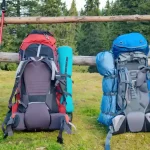
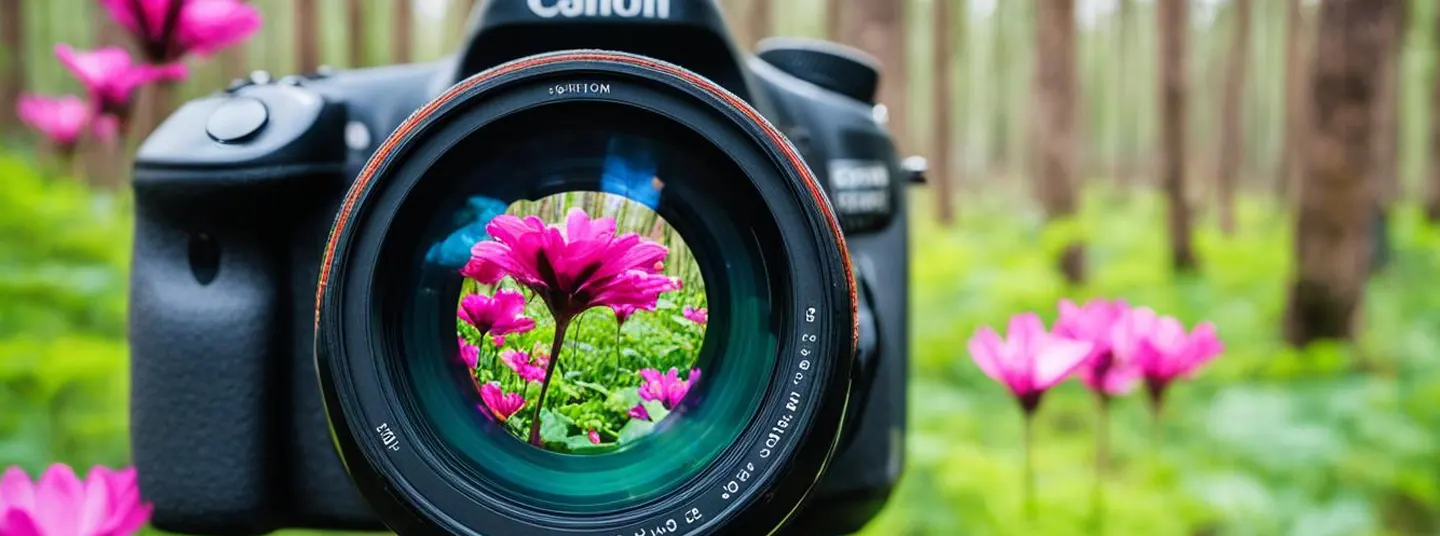
Immerse yourself in the renewal of nature with our expert photography tips for spring camping. Whether you’re a beginner or an experienced photographer, these tips will help you capture the beauty of spring while camping. From understanding natural light to composing strong landscapes, we’ve got you covered.
Key Takeaways:
- Capturing the beauty of spring while camping requires understanding natural light and composing strong landscapes.
- Make the most of the golden hour, during sunrise and sunset, to enhance the beauty of landscapes.
- Look for opportunities to create silhouetted foregrounds against colorful skies.
- General photography tips for camping trips can help improve your skills in nature photography.
- Composing strong spring landscapes involves integrating leading lines and paths, utilizing natural frames, and incorporating foreground interest.
Embracing the Golden Hour for Dynamic Landscapes

When it comes to photography, there is a magical time known as the golden hour. Occurring during sunrise and sunset, this period offers warm and soft light that can enhance the beauty of landscapes. As spring brings new life and vibrant colors, it is the perfect season to capture stunning photographs during the golden hour.
Understanding Natural Light During Spring
During spring, the quality of light changes, creating unique opportunities for photographers. The soft, warm light during the golden hour can bring out the vibrant colors and textures in landscapes. Understanding how natural light interacts with the environment is essential for creating dynamic and captivating images.
Maximizing Golden Hour Potential
To make the most of the golden hour, it is essential to plan and prepare. Here are some tips to maximize your golden hour photography:
- Research the sunrise and sunset times in your location to plan your photography outings.
- Arrive early to scout for potential shooting locations.
- Experiment with different compositions and angles to create unique and visually striking images.
- Use a tripod to ensure sharp and steady photos, especially when shooting with longer exposures during low light conditions.
- Take advantage of the warm tones and long shadows during this time to add depth and dimension to your photographs.
Spotting Opportunities for Silhouetted Foregrounds
One of the artistic techniques you can use during the golden hour is capturing silhouetted foregrounds against colorful skies. By placing a subject or object in front of the bright sky, you can create dramatic and visually stunning images. Look for interesting shapes, such as trees, buildings, or even people, and experiment with how they appear as silhouettes against the colorful backdrop.
To give your photographs an extra touch of creativity, try incorporating elements of nature, like branches or flowers, into the foreground. This can add depth and interest to your composition while keeping the focus on the captivating colors of the sky.
Now that you understand the significance of the golden hour and the impact of natural light during spring, it’s time to grab your camera and explore the world of golden hour photography. Get ready to capture breathtaking landscapes and create images that tell a story in every frame.
Photography Tips for Spring Camping
When it comes to capturing the beauty of nature during your spring camping trips, having some photography tips up your sleeve can make a world of difference. Whether you’re an outdoor photography enthusiast or just starting out, these tips will help you elevate your skills and create stunning images that truly reflect the magic of the season.
1. Make use of natural light: Spring brings a renewed vibrancy to nature, and capturing it in your photos requires an understanding of how to utilize natural light. Pay attention to the direction and quality of light, and experiment with different angles to create depth and dimension in your shots.
2. Compose with intention: With nature as your backdrop, take time to compose your shots with care. Use the rule of thirds to create balanced and visually appealing compositions. Look for leading lines or natural frames within the landscape to guide the viewer’s eye and add interest to your images.
3. Don’t forget about the foreground: Including a strong foreground element can add depth and a sense of scale to your photographs. Look for interesting textures or patterns that can serve as foreground subjects, such as wildflowers, fallen leaves, or rocks.
4. Be prepared with the right gear: Spring weather can be unpredictable, so it’s important to be prepared with the right photography gear. Consider investing in a sturdy tripod to capture stable and sharp images, and pack weatherproof gear to protect your equipment from rain or dew.
5. Experiment with different perspectives: Don’t be afraid to get creative and explore different angles and perspectives when photographing nature. Get down low to capture unique details or shoot from above to showcase the sprawling beauty of the landscape. Look for interesting reflections in bodies of water or experiment with macro photography to capture intricate details up close.
Remember, practice makes perfect, so don’t be afraid to experiment and try new techniques during your spring camping adventures. With these photography tips in mind, you’ll be well-equipped to capture the wonders of nature and preserve your spring memories for years to come.
Composing Strong Spring Landscapes in Camp
A well-composed photograph has the power to captivate viewers and convey a compelling story. In this section, we will discuss essential composition techniques specifically tailored to capturing breathtaking spring landscapes while camping. By incorporating leading lines and paths, utilizing natural frames, and incorporating foreground elements, you can create images that showcase the beauty of nature in its full glory.
Integrating Leading Lines and Paths
Leading lines and paths are visual elements that draw the viewer’s eye into the image, creating a sense of depth and guiding them through the scene. In landscape photography composition, they can provide a strong sense of direction and add visual interest to your photos. Look for natural features like rivers, trails, or fences that can serve as leading lines or create paths to guide the viewer’s gaze. Experiment with different angles and perspectives to find the most compelling compositions.
Utilizing Natural Frames
Natural frames are elements within the scene that can frame your subject and add depth and context to your photographs. They can be anything from tree branches, arches, or doorways to rock formations or even leaves. By carefully placing your subject within these natural frames, you create a visually appealing composition that draws the viewer’s attention to the focal point while providing a frame of reference. Remember to consider both the foreground and background elements to ensure a balanced composition.
Incorporating Foreground Interest
Foreground elements play a crucial role in landscape photography, providing a sense of scale and a point of reference for the viewer. By including objects or elements of interest in the foreground, you add depth and context to your images, making them more engaging. This can range from flowers, rocks, or driftwood to footprints or even human figures. Experiment with different foreground elements to add visual interest and capture the essence of the scene.
By employing these composition techniques – integrating leading lines and paths, utilizing natural frames, and incorporating foreground interest – you can create stunning and immersive spring landscapes that capture the beauty of nature in its truest form. Let your creativity flow and experiment with different compositions to find your unique style and tell compelling visual stories.
Macro Marvels: Capturing the Essence of Spring Flora
Spring is a magical season for capturing the intricate details of flowers and plants up close. In this section, we will explore the world of macro photography and share tips that will help you capture the essence of spring flora.
Tip 1: Selecting the Right Equipment
When it comes to macro photography, having the right equipment is crucial. A dedicated macro lens, such as the Canon EF 100mm f/2.8L Macro IS USM, will allow you to get up close and personal with your subjects. Make sure to choose a lens with a magnification ratio that suits your needs.
“Macro photography opens up a whole new world of possibilities. Being able to capture the fine details of flowers and plants is truly captivating.”
Tip 2: Finding Unique Perspectives
One of the joys of macro photography is discovering unique perspectives that showcase the beauty of spring flora. Get down low and explore different angles and viewpoints. Look for interesting shapes, textures, and patterns that will make your photos stand out.
Tip 3: Mastering Depth of Field
In macro photography, depth of field can be extremely shallow, especially when shooting at close distances. To ensure that your subject is in sharp focus while achieving a pleasing background blur, use a wide aperture (small f-number) and carefully choose your focal point. Experiment with different apertures to achieve the desired effect.
Macro photography is all about capturing the delicate details and colors of spring flora. Utilize natural lighting to enhance the beauty of your subjects. Shoot during the golden hour or on an overcast day to achieve soft, diffused light that brings out the vibrancy of the flowers and plants.
- Experiment with backlighting to create a dreamy glow around your subjects.
- Use reflectors or diffusers to control harsh lighting and shadows.
- Consider using a tripod to ensure stability and avoid camera shake in low light conditions.
By following these tips, you can capture the intricate details and stunning beauty of spring flora through macro photography. Get out there, explore the world of small wonders, and let your creativity blossom!
The Art of Wildlife Photography During Camping
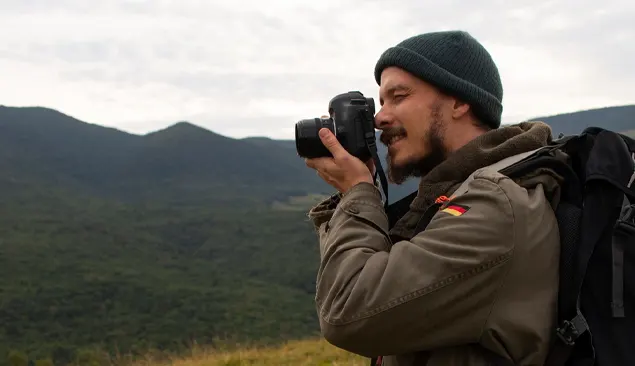
Spring is a prime time for observing and photographing wildlife in their natural habitats. As nature comes to life with vibrant colors and new beginnings, capturing the beauty of animals in their natural environments can be a thrilling and rewarding experience. In this section, we will discuss the art of wildlife photography during camping and share valuable tips to help you take captivating images of animals up close.
Discover Wildlife Hotspots Near Campsites
One of the key factors in wildlife photography is finding the right locations where animals are abundant. When camping, take the time to research and identify wildlife hotspots near your campsite. These could be national parks, nature reserves, or areas known for specific animal species. Look for online resources, guidebooks, or consult local experts to get insights into the best areas for wildlife sightings. By exploring these hotspots, you increase your chances of encountering and photographing a variety of animals in their natural habitats.
Patience and Timing for Natural Behaviors
Patience is essential when it comes to wildlife photography. Animals have their own rhythms and behaviors, and capturing those candid moments requires observation and timing. Spend time immersing yourself in nature, observing the animals’ habits, and studying their movements. By understanding their behaviors, you can anticipate their actions and be ready to capture that perfect shot. Practice patience and wait for those natural behaviors to unfold, whether it’s a bird taking flight, a deer grazing, or a bear fishing in a river. These moments will make your wildlife photographs truly remarkable and authentic.
Essential Gear for Wildlife Shooting Outdoors
Having the right gear is essential for wildlife photography during camping. Here are some important equipment recommendations:
- A Telephoto Lens: Invest in a telephoto lens with a long focal length, such as a 300mm or 500mm lens. This will allow you to capture close-up shots of animals from a safe distance without disturbing their natural behavior.
- A Sturdy Tripod: A sturdy tripod is essential for stable shots, especially when using long lenses or shooting in low light conditions.
- Camera Accessories: Don’t forget to bring extra batteries, memory cards, lens cloths, and a waterproof camera bag to protect your equipment from the elements.
- Camouflage Clothing: Consider wearing neutral-colored clothing or camouflage gear to blend in with the surroundings and minimize your presence, increasing your chances of getting closer to the animals without scaring them away.
By equipping yourself with the right gear, you’ll be prepared to capture stunning wildlife photographs during your camping adventures.
Now that you have the tips and techniques for wildlife photography during camping, it’s time to venture into nature and capture the awe-inspiring beauty of animals in their natural habitats. Remember to respect the wildlife and their environments, maintaining a safe distance to ensure both your safety and the animals’ well-being. Happy shooting!
Chasing Waterfalls and Streams: Fresh Perspectives
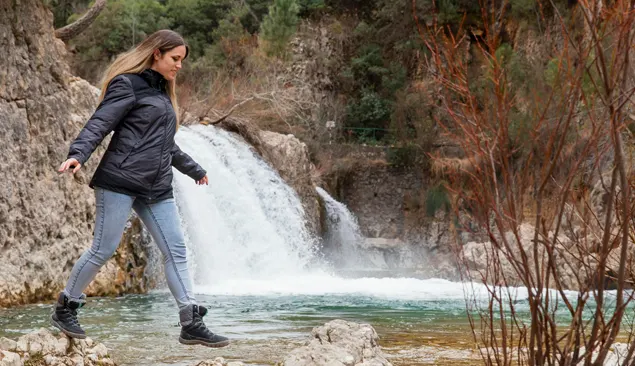
The flowing water of waterfalls and streams can create stunning visual effects in photographs. In this section, we will explore techniques for capturing the beauty of moving water during spring camping trips. From using long exposures to create smooth, silky water effects to finding unique perspectives, these tips will help you capture the essence of water in motion.
When photographing waterfalls and streams, it’s essential to convey the sense of movement in your images. One effective technique is using long exposures. By selecting a slower shutter speed, you can create a beautiful blur effect on the flowing water, capturing its graceful motion. This technique works particularly well in spring, as the increased water flow adds to the dynamic nature of the scene.
Another way to capture the essence of water in motion is by finding unique perspectives. Experiment with different angles and viewpoints to capture the movement and energy of the water. Look for interesting foreground elements, such as rocks or foliage, that can add depth and context to your composition.
Additionally, pay attention to the available light when photographing waterfalls and streams in spring. Soft, diffused lighting can enhance the beauty of the water and create a more ethereal atmosphere. Consider visiting your chosen location during the golden hour – the period shortly after sunrise or before sunset – for the most favorable lighting conditions.
Lastly, don’t be afraid to get close to the water. By getting closer to your subject, you can emphasize the textures and details in the flowing water, adding visual interest to your images. However, remember to exercise caution and always prioritize your safety when approaching water bodies.
Capturing the beauty of water in motion during your spring camping trips can result in captivating photographs. By using long exposures, exploring unique perspectives, and paying attention to lighting, you can create images that truly convey the dynamic nature of waterfalls and streams.
Bringing Out Spring’s Vibrancy through Color and Contrast
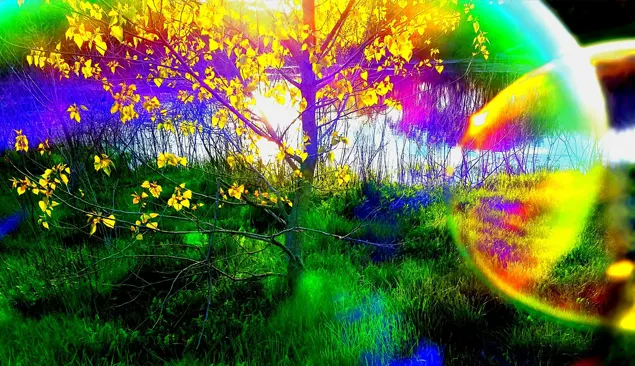
Spring is a season that bursts with vibrant colors and striking contrasts, making it the perfect time for capturing stunning photographs. In this section, we will explore various techniques to enhance the vibrancy of your spring images through the clever use of color and contrast.
Selecting Subjects with Vivid Colors
When photographing in spring, keep an eye out for subjects that showcase vibrant colors. Flowers in full bloom, blooming trees, and colorful wildlife can all add a pop of color to your photos. Look for contrasting colors that create visual interest and make your subject stand out. Experiment with different angles and compositions to find the best way to showcase the vivid hues of spring.
Playing with Shadows and Highlights
Shadows and highlights can add depth and dimension to your spring photographs. Use the soft, natural light of the season to create interesting patterns of light and shadow. Position your subject in a way that casts interesting shadows or experiment with backlighting to create a dramatic effect. Play with the exposure settings on your camera to capture the subtle nuances of light and shadow.
Contrast Techniques for Impactful Images
Contrast is a powerful tool that can make your images visually striking and impactful. Look for opportunities to juxtapose different elements in your composition. Contrast light and dark, smooth and textured, warm and cool tones to create a dynamic visual experience. Experiment with post-processing techniques like adjusting levels, curves, and saturation to enhance the contrast in your images.
By incorporating these color photography tips, spring photography techniques, and contrast techniques into your spring photography, you can bring out the vibrant beauty of the season. Embrace the stunning colors and captivating contrasts of spring and let your photos tell a vivid, impactful story.
Secrets of Symmetry: Balancing Nature’s Perfection
Symmetry plays a vital role in photography, allowing us to create a sense of balance and harmony in our pictures. It is a powerful tool that can enhance the visual impact of our compositions and capture nature’s perfection. In this section, we will explore the secrets of symmetry and how to incorporate it into your photography to create captivating images.
To begin, let’s talk about finding symmetry in nature. Look for patterns and repetitions that naturally occur in the environment. Whether it’s the petals of a flower, the ripples on a lake’s surface, or the intricate details of a snowflake, nature is full of symmetrical elements waiting to be discovered.
Once you have identified a symmetrical subject, it’s important to compose your shot in a way that accentuates the symmetry. Position your subject in the center of the frame or along the axis of symmetry to create a balanced composition. Consider using leading lines or natural frames to draw attention to the symmetrical elements and guide the viewer’s eye.
Another technique to enhance symmetry is to capture reflections. Reflections can create a mirror-like effect that doubles the symmetry in a photograph. Look for reflective surfaces, such as still water or glass, and experiment with different angles and perspectives to capture stunning reflections.
Remember, symmetry doesn’t always have to be perfect. You can also play with symmetry by introducing slight variations or disruptions. This can add visual interest and evoke a sense of curiosity in your photos.
By embracing symmetry in your photography, you can create balanced compositions that are visually appealing and convey a sense of calm and order. So, next time you’re out in nature, keep an eye out for symmetrical patterns and let them guide you to capture nature’s perfection.
Nature’s Textures and Patterns: Details That Tell a Story
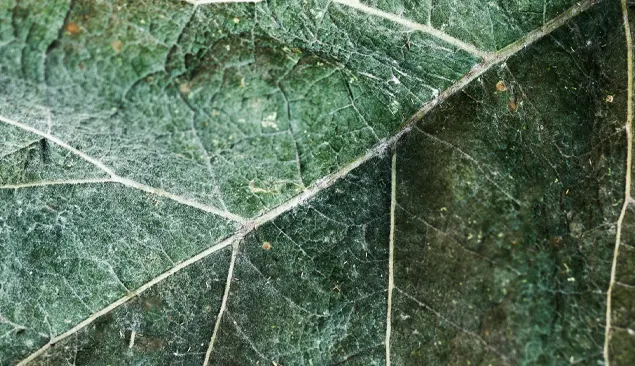
Nature is a treasure trove of intricate textures and captivating patterns that can elevate your spring camping photos to new heights. By focusing on the small details, you can uncover hidden narratives and tell compelling stories through your images. In this section, we will explore various techniques to capture nature’s textures and patterns, allowing you to create visually stunning photographs that engage and inspire your audience.
Finding Rhythm in Repetition
One way to highlight the mesmerizing patterns found in nature is to seek out rhythm in repetition. Look for scenes where natural elements repeat in an orderly or symmetrical manner, such as rows of flowers, concentric circles on a tree stump, or ripples in a pond. By composing your shot to emphasize the repetition, you can create a sense of harmony and balance that draws the viewer’s eye and adds visual interest to your photographs. Experiment with different angles and perspectives to find the most compelling composition and use lighting to bring out the textures and patterns in your subject.
Close-Ups of Nature’s Complex Designs
When it comes to capturing the intricate details of nature, close-up photography is your ally. Get up close and personal with your subject, whether it’s the delicate veins on a leaf, the intricate texture of bark, or the vibrant patterns on a butterfly’s wings. The macro lens is your ticket to revealing the intricacies that are often overlooked by the naked eye. Use a shallow depth of field to make your subject pop against a blurred background, focusing on the textures and patterns that tell a unique story. Don’t be afraid to experiment with different angles, lighting, and focusing techniques to capture the essence of these captivating details.
Textures as Storytellers
Textures in nature can serve as powerful storytellers, evoking emotions and conveying a sense of place. From the roughness of weathered rocks to the smoothness of a flower petal, every texture has a story to tell. Incorporate these textures into your compositions to add depth and tactile interest to your photographs. Use lighting to enhance the textures, creating shadows and highlights that accentuate the details. Experiment with different settings and filters to capture textures in unique ways, such as a black and white image that emphasizes the contrast between rough and smooth surfaces. By focusing on the textures that speak to you, you can create photographs that transport the viewer to the heart of nature’s narrative.
Misty Horizons: Atmosphere in Springtime Photography
Mist and atmospheric conditions can add a sense of mystery and mood to your springtime photographs. Capturing misty landscapes is an art that requires specific techniques to create atmospheric photography. In this section, we will discuss how to bring out the beauty of misty horizons and create a captivating mood in your springtime images.
One of the key factors in capturing misty landscapes is controlling exposure. Mist can create a hazy effect that can be both challenging and rewarding to work with. Adjusting your camera’s exposure settings, such as aperture and shutter speed, can help you achieve the desired effect. Experimenting with different exposure settings will allow you to capture the soft, ethereal quality of mist in your photographs.
In addition to controlling exposure, creating depth is essential in misty landscapes. To enhance the overall mood of your images, composition plays a vital role. Look for elements such as trees, mountains, or bodies of water that can add layers and perspective to your misty landscapes. Utilizing leading lines and interesting foregrounds can also help draw the viewer’s attention into the misty scene, adding a sense of depth and intrigue.
Lastly, post-processing can further enhance the atmospheric effect in your misty landscape photographs. Adjusting tones, contrast, and adding subtle vignettes can help create a dreamy and moody ambiance. Experiment with different editing techniques to find the right balance between realism and artistic interpretation.
By incorporating these techniques and embracing the atmospheric conditions of misty landscapes, you can create captivating springtime photographs that evoke a sense of mystery and serenity.
Exploring the Ethereal: Foggy Mornings and Dewy Scenes
Foggy mornings and dewy scenes have a magical quality that can add a sense of tranquility and ethereal beauty to your spring camping photographs. In this section, we will dive into the techniques for capturing the essence of fog and dew in your photos, allowing you to create stunning images that evoke a sense of calm and wonder.
Capturing the Tranquil Essence of Fog
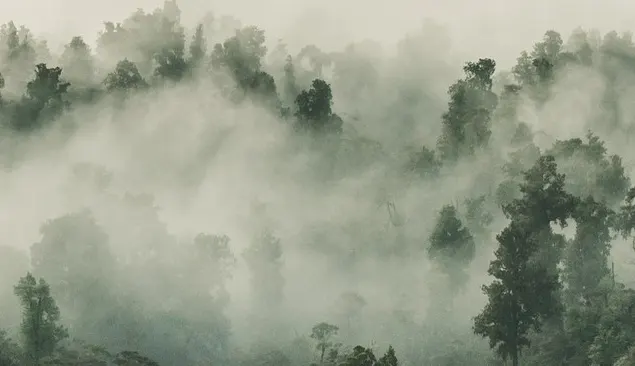
Fog creates a soft and dreamy atmosphere that can transform your photos into captivating works of art. To capture the tranquil essence of fog, follow these tips:
- Use a wider aperture to create a shallow depth of field, emphasizing the misty background and adding a sense of mystery.
- Experiment with different angles and perspectives to find the most interesting composition.
- Include elements like trees, buildings, or people to provide a sense of scale and depth in the foggy landscape.
By incorporating these strategies, you can effectively convey the serene beauty of fog in your photographs.
Dewdrops as Micro Universes
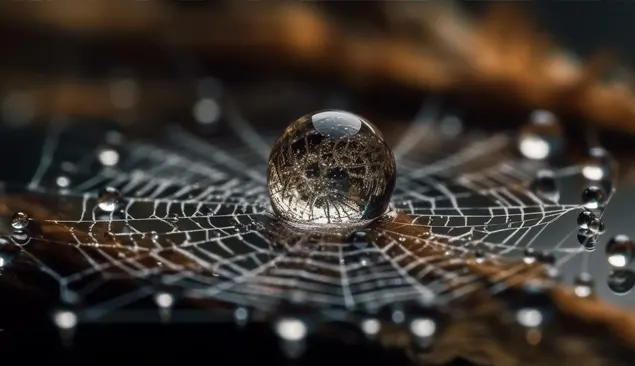
Dewdrops are nature’s miniature masterpieces, capable of transforming mundane surfaces into captivating micro universes. Here’s how you can make the most of dewdrops in your photography:
- Get up close and personal with a macro lens to capture the intricate details and delicate reflections within each droplet.
- Look for interesting surfaces, such as leaves or petals, where the dewdrops gather, and use them as natural backdrops for your images.
- Experiment with backlighting to create a beautiful, luminous effect within the dewdrops.
With these techniques, you can reveal the hidden beauty of dewdrops and capture their mesmerizing allure in your spring camping photos.
Tips for Photography in Damp Conditions
Shooting in damp conditions requires some additional considerations to protect your equipment and ensure the best possible results. Here are a few tips to keep in mind:
- Invest in a weather-sealed camera or use a protective cover to shield your camera from moisture.
- Bring lens cloths and a microfiber towel to quickly dry off any moisture that accumulates on your gear.
- Consider using a waterproof camera bag or protective case to safeguard your equipment.
- Adjust your camera settings to account for the damp conditions, such as increasing ISO or using a faster shutter speed to avoid blur caused by dampness.
By following these tips, you can effectively capture the ethereal beauty of foggy mornings and dewy scenes while also ensuring the safety of your gear during damp conditions.
Conclusion: Reflecting on Spring’s Photographic Bounty
As we conclude this article, we hope you feel inspired and equipped to capture the beauty of spring through your photography during camping adventures. Throughout the sections, we have shared expert tips and techniques to help you refine your skills and create stunning images that reflect the essence of this vibrant season.
From embracing the golden hour to composing strong landscapes, macro marvels to wildlife photography, we have covered various aspects of spring photography. We explored how to use natural light, find unique perspectives, and incorporate color, contrast, and patterns to enhance your images.
Remember, spring offers a photographic bounty filled with opportunities to capture unforgettable memories. Grab your camera, venture into nature, and let your creativity flow. Immerse yourself in the renewal of the natural world and use your photography skills to convey the magic and beauty that spring brings.
With these photography tips and techniques in mind, you have the power to capture spring’s uniqueness and create images that truly reflect your experiences. May your spring camping adventures be filled with joy, inspiration, and breathtaking photographs that will be cherished for a lifetime.
FAQ
What are some photography tips for capturing spring camping memories?
We have numerous tips for capturing the beauty of spring while camping. From understanding natural light to composing strong landscapes, our expert tips will help you enhance your photography skills.
How can I make the most of the golden hour for landscape photography during spring camping?
The golden hour, which occurs during sunrise and sunset, offers warm and soft light that can enhance the beauty of landscapes. Our tips will help you understand and utilize natural light during spring camping to create dynamic landscapes. We will also share techniques for maximizing the potential of the golden hour and capturing stunning silhouettes against colorful skies.
What are some general photography tips for spring camping?
We have compiled a list of photography tips that are particularly relevant to spring camping. From basic composition techniques to equipment considerations, these tips will help you improve your photography skills while enjoying nature.
How can I compose strong spring landscapes while camping?
A well-composed photograph can tell a powerful story. We will discuss composition techniques specifically tailored to capturing strong spring landscapes while camping. Our tips will cover using leading lines and paths to guide the viewer’s eye, utilizing natural frames to add depth and interest, and incorporating foreground elements to create a sense of scale and context.
What are some tips for capturing the intricate details of spring flora?
Spring is the perfect time to capture the intricate details of flowers and plants up close. We will delve into the world of macro photography and share tips for capturing the essence of spring flora. Our tips will cover selecting the right equipment and finding unique perspectives to capture the beauty of nature’s small wonders.
How can I capture captivating wildlife images during camping trips?
Spring is a prime time for observing and photographing wildlife in their natural habitats. We will discuss how to capture captivating images of animals during your camping trips. Our tips will cover discovering wildlife hotspots near campsites, techniques for capturing natural behaviors, and essential gear recommendations for wildlife photography.
What are some techniques for capturing the beauty of moving water during spring camping?
The flowing water of waterfalls and streams can create stunning visual effects in photographs. We will explore techniques for capturing the beauty of moving water during spring camping trips. Our tips will cover using long exposures to create smooth, silky water effects and finding unique perspectives to capture the essence of water in motion.
How can I bring out the vibrancy of spring in my photographs?
Spring is a season of vibrant colors and contrasts. We will discuss how to bring out the vibrancy of spring in your photographs. Our tips will cover selecting subjects with vivid colors, playing with shadows and highlights to create dynamic images, and using contrast techniques to make your photos impactful.
How can I use symmetry to capture nature’s perfection in my photographs?
Symmetry can create a sense of balance and harmony in photographs. We will delve into the secrets of symmetry and how to use it to capture nature’s perfection. Our tips will cover techniques for finding symmetry in nature and creating balanced compositions that are visually appealing.
How can I capture nature’s textures and patterns in my spring camping photos?
Nature is full of intricate textures and patterns that can add depth and interest to your photographs. We will explore how to capture nature’s textures and patterns in your spring camping photos. Our tips will cover techniques for finding rhythm in repetition, capturing close-ups of nature’s complex designs, and using textures as storytelling elements in your images.
How can I capture misty landscapes and create atmosphere in my springtime photography?
Mist and atmospheric conditions can add a sense of mystery and mood to your springtime photographs. We will discuss techniques for capturing misty landscapes and creating atmosphere in your images. Our tips will cover controlling exposure, creating depth, and setting the mood to capture the beauty of misty horizons.
How can I capture the tranquility and ethereal beauty of foggy mornings and dewy scenes?
Foggy mornings and dewy scenes can create a sense of tranquility and ethereal beauty in photographs. We will explore techniques for capturing the essence of fog and dew in your spring camping photos. Our tips will cover capturing the tranquil atmosphere of fog, using dewdrops as captivating elements, and staying prepared for photography in damp conditions.
Author

Tom Miller
Tom is a seasoned camper and outdoor adventurer, with decades of experience exploring the wilderness. He's a retired park warden and has spent his life studying the flora and fauna of the natural world. Tom is a skilled outdoorsman, with a particular interest in backcountry camping, mountaineering, and wilderness survival. He's also an accomplished writer and has published several books on outdoor recreation.
Recent Posts


